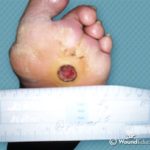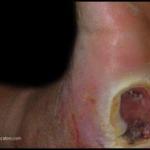Is Your Wound Training Up to Par?
Are you stuck in a rut in regards to your wound care training? Do you cling to the “old ways” of wound care management because you simply haven’t been able to keep up with the rapidly evolving changes in wound care protocols? If you feel that your wound care training is not up to par,…





